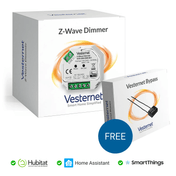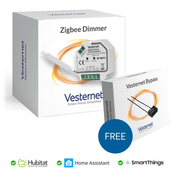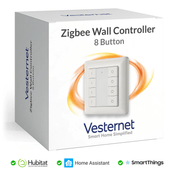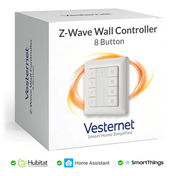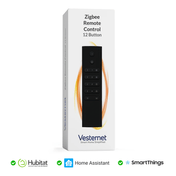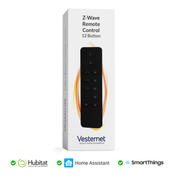Modern homeowners face a persistent challenge: uneven heating throughout their homes that leads to discomfort and energy waste. Traditional single-zone heating systems pump heat to unused rooms whilst leaving others inadequately warmed, creating an inefficient cycle that drives up energy bills. In today's energy-conscious environment, the need for precise temperature control across different areas of the home has become more critical than ever.
Multi zone smart thermostat systems offer a comprehensive solution for room-by-room heating control, transforming how we manage home comfort. These intelligent systems deliver significant energy savings through targeted heating, provide personalised comfort in every space, and offer sophisticated automation capabilities that adapt to your lifestyle patterns.
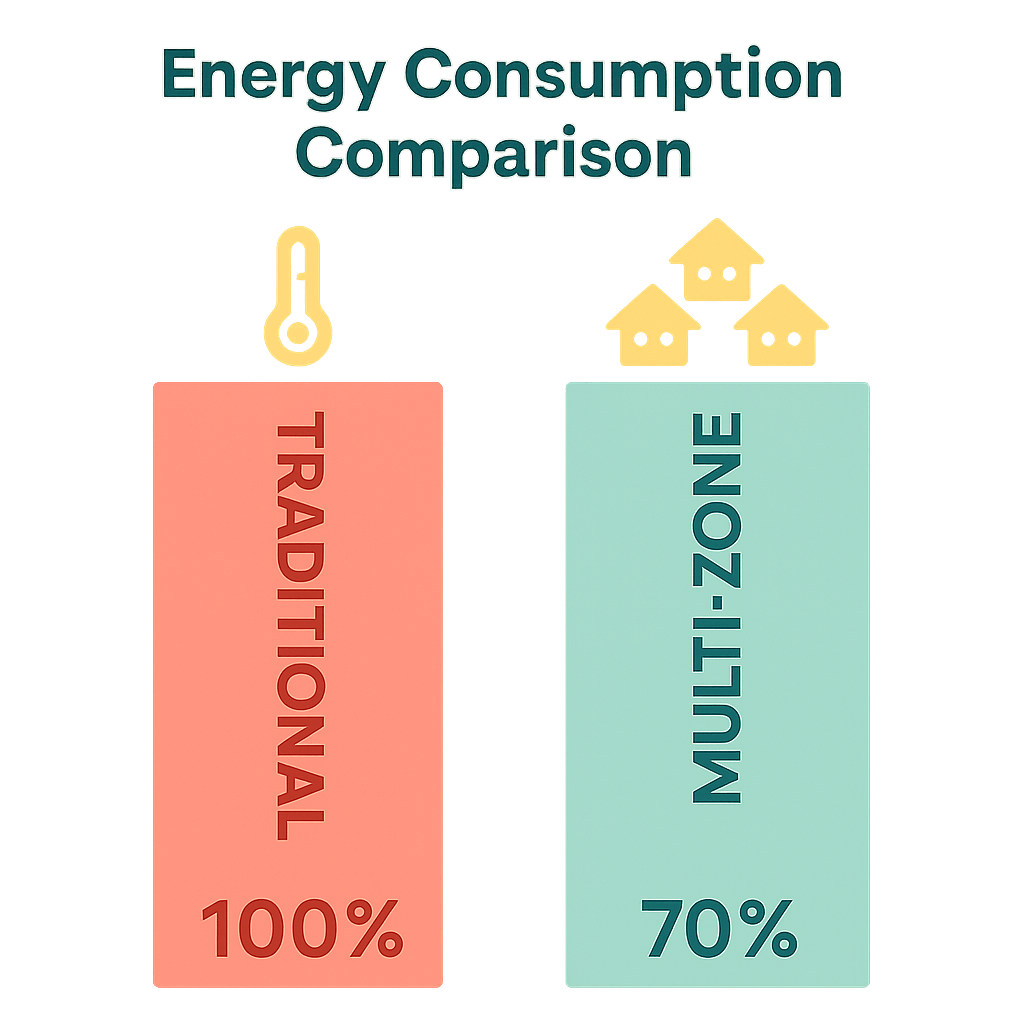
What you'll discover in this guide:
- How smart thermostat technology enables multi-zone temperature management
- Strategic planning approaches for implementing zone-based heating control
- Device selection criteria for optimal smart heating control performance
- Practical implementation strategies tailored to your specific home layout
Understanding Smart Thermostat Technology and Multi-Zone Systems
Smart thermostat technology revolutionises home heating by replacing basic on-off controls with intelligent, learning systems that respond to real-time conditions. Unlike traditional thermostats that treat your entire home as a single zone, multi-zone systems recognise that different areas have varying heating requirements based on usage patterns, solar exposure, and occupancy levels.
Core components of smart heating control systems:
- Central control units that coordinate heating across multiple zones
- Wireless sensors that monitor temperature and occupancy in real-time
- Smart radiator valves that provide individual room temperature control
- Mobile apps and cloud connectivity for remote management and insights
The fundamental difference lies in how these systems manage heat distribution. Traditional single-zone systems heat the entire home based on one thermostat reading, whilst multi zone smart thermostat systems create independent heating zones that can be controlled individually, ensuring optimal comfort and efficiency in each area.
Key Benefits of Multi-Zone Smart Heating Control
Energy efficiency improvements represent the most compelling advantage of multi-zone heating control. By heating only occupied spaces to desired temperatures, these systems typically reduce energy consumption by 15-30% compared to traditional whole-home heating approaches. This targeted approach eliminates the waste associated with heating unused bedrooms, guest areas, or spaces with different comfort requirements.
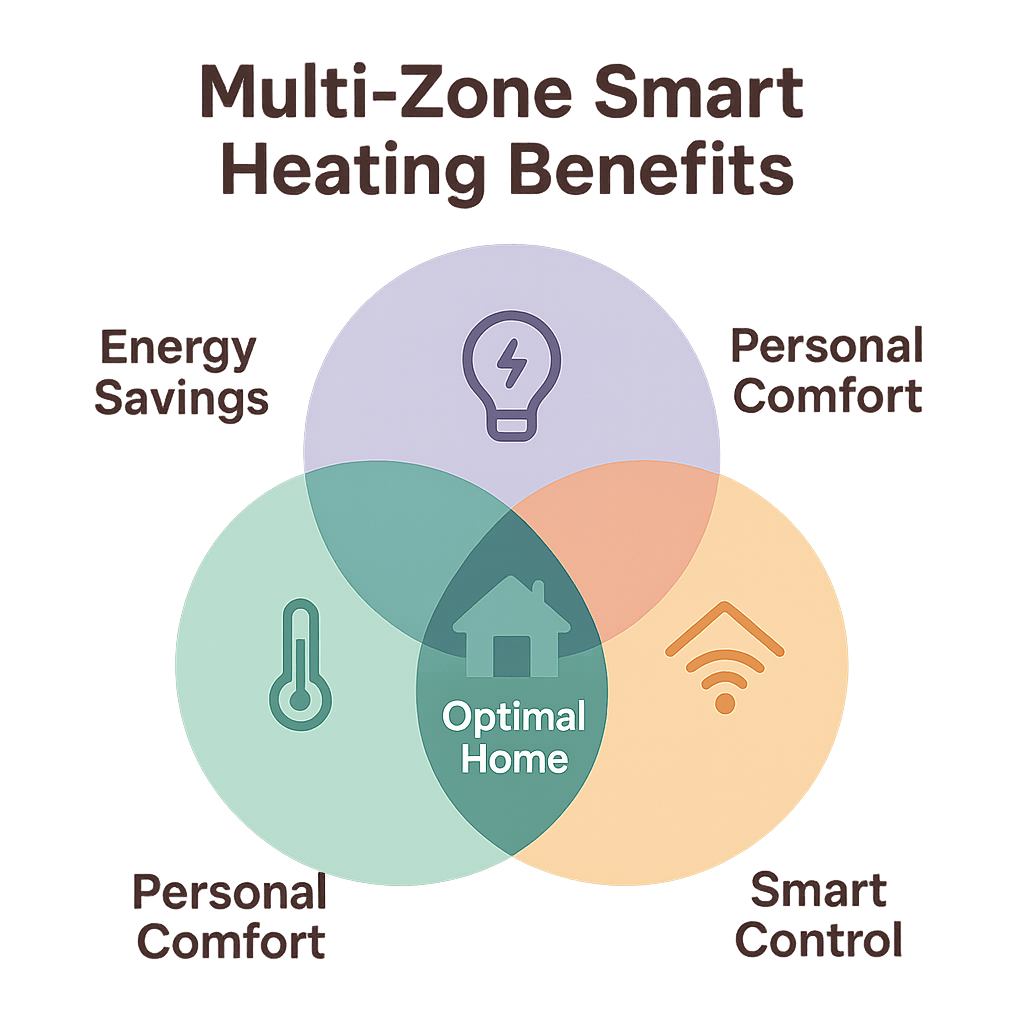
The financial benefits extend beyond immediate energy savings. Smart room thermostat technology provides detailed energy usage insights that help homeowners understand their heating patterns and identify further optimisation opportunities.
Additional advantages of multi-zone temperature management:
- Personalised comfort zones tailored to individual preferences and room usage
- Reduced carbon footprint through precise heating control and lower overall consumption
- Enhanced home value with modern, intelligent heating infrastructure
- Improved indoor air quality through better temperature and humidity management
Planning Your Multi-Zone Smart Heating System
Effective planning begins with a thorough assessment of your current heating infrastructure. Examine your existing boiler capacity, radiator locations, and current thermostat setup to understand what components can be integrated into a smart heating control system. Most modern combi boilers and system boilers are compatible with smart thermostats, though some older systems may require additional components.
Essential planning considerations:
- Room usage patterns and occupancy schedules throughout the day
- Natural heating characteristics of different spaces (south-facing rooms, upper floors)
- Existing heating infrastructure compatibility and upgrade requirements
- Budget allocation for initial setup versus long-term energy savings
Zone identification should reflect your lifestyle and home layout. Typically, bedrooms form individual zones with lower daytime temperatures, living areas require consistent warmth during evening hours, and utility spaces need minimal heating. This strategic approach ensures your best smart thermostat system aligns with actual usage patterns rather than arbitrary room divisions.
Essential Components for Multi-Zone Temperature Management
The foundation of any multi zone smart thermostat system consists of several key hardware components working together seamlessly. Central smart thermostats serve as the brain of the system, coordinating heating schedules and responding to sensor inputs across all zones whilst maintaining communication with your boiler or heating system.
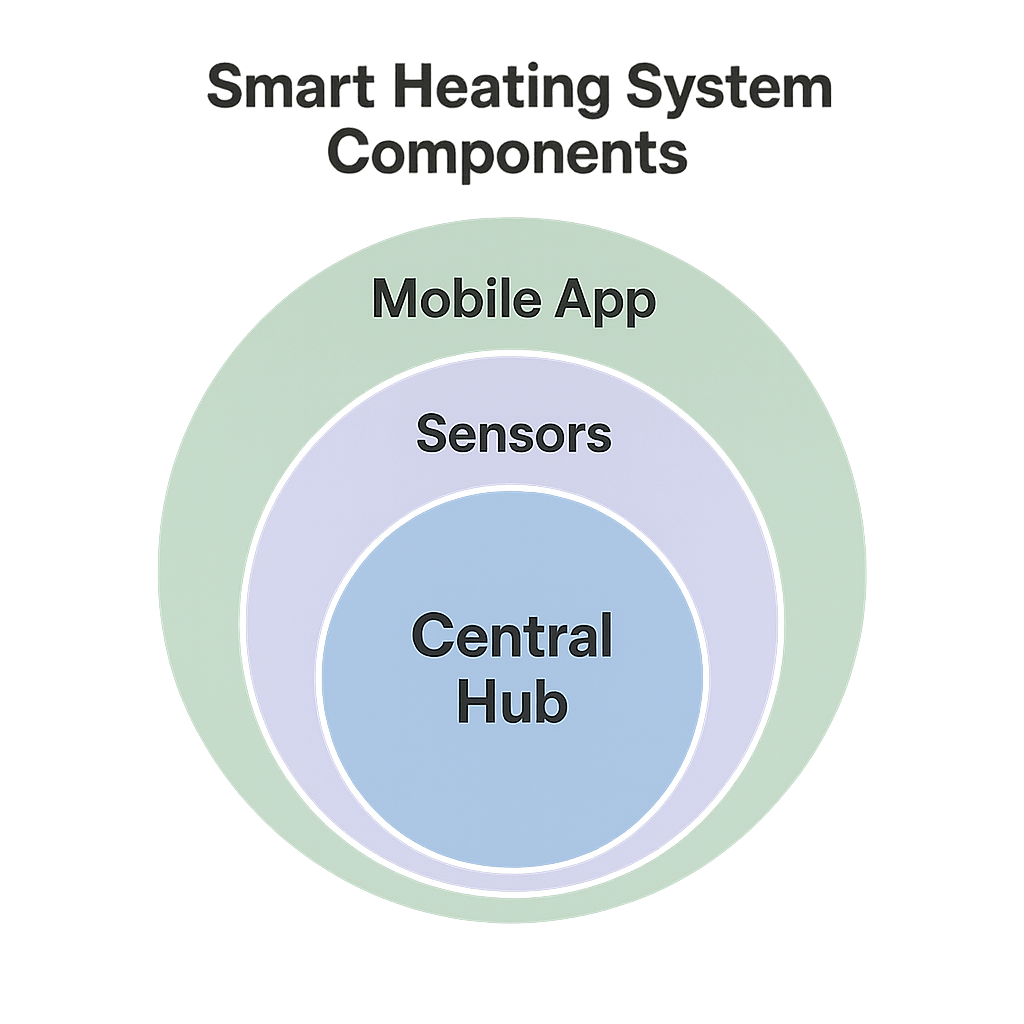
Thermostatic radiator valves (TRVs) provide the individual room control that makes zone-based heating possible. These intelligent valves replace standard radiator controls and can be programmed independently or coordinated through the central system to maintain precise temperatures in each space.
Core system components:
- Smart central thermostat with multi-zone coordination capabilities
- Wireless thermostatic radiator valves for individual room temperature control
- Communication hub for coordinating wireless signals across the system
- Room temperature sensors and optional occupancy detectors
Wireless Communication Protocols: Choosing the Right Technology
Modern smart heating control systems rely on robust wireless communication protocols to coordinate between components reliably. The most common protocols include Zigbee, Z-Wave, and proprietary wireless systems, each offering different advantages for range, reliability, and integration capabilities with existing smart home infrastructure.
Key protocol considerations:
- Range coverage throughout your home's layout and construction materials
- Compatibility with existing smart home systems and future expansion plans
- Battery life implications for wireless sensors and radiator valves
- Network security features and encryption standards
Zigbee and Z-Wave protocols excel in smart heating applications due to their mesh networking capabilities, which create self-healing networks that improve reliability as more devices are added. These protocols also offer excellent battery life for wireless components, reducing maintenance requirements for your smart room thermostat setup.
Implementation Guide: Setting Up Your Smart Heating System
Installation planning should begin with identifying the optimal location for your central smart thermostat, typically in a frequently used area that represents average home temperatures. Avoid locations near heat sources, drafts, or areas with extreme temperature variations that could affect system performance.
Device configuration follows a systematic approach: start with the central thermostat installation, establish wireless communication with individual room components, and then configure zone settings based on your planned heating schedule.
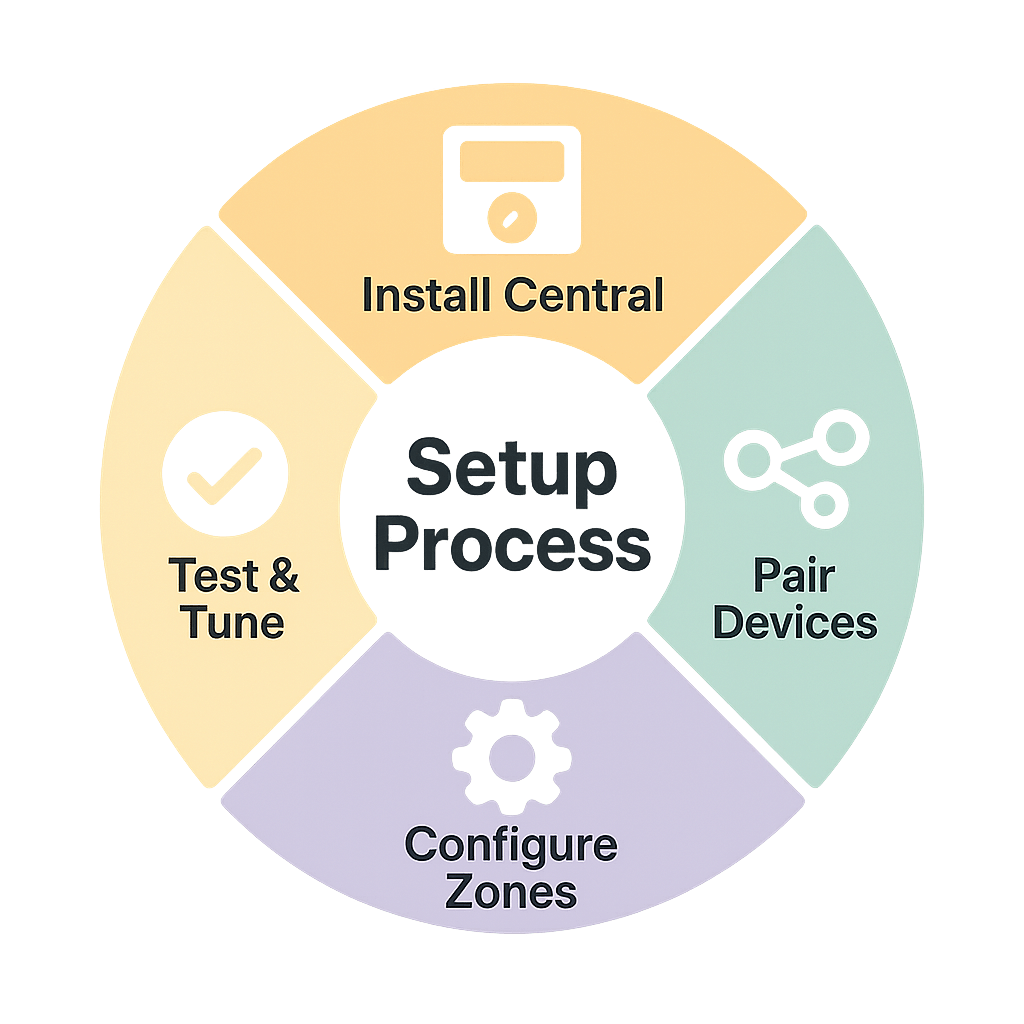
Step-by-step setup process:
- Install central thermostat and establish connection with heating system
- Pair wireless radiator valves and temperature sensors with the central hub
- Configure individual zones with appropriate temperature schedules
- Test system operation and fine-tune settings based on initial performance
Advanced Features and Automation Strategies
Intelligent scheduling represents one of the most valuable features of the best smart thermostat systems, learning from your behaviour patterns to optimise heating automatically. These systems can detect when you typically wake up, leave for work, and return home, adjusting temperatures proactively to ensure comfort whilst minimising energy waste.
Sophisticated automation capabilities:
- Occupancy-based heating that responds to room usage in real-time
- Weather compensation that adjusts indoor temperatures based on outdoor conditions
- Energy usage insights and recommendations for further efficiency improvements
- Voice control integration and comprehensive mobile app management
Integration with voice assistants and mobile apps enables convenient control and monitoring from anywhere. Modern systems provide detailed energy reports, maintenance alerts, and the ability to adjust settings remotely, ensuring your multi zone smart thermostat system continues operating optimally even when you're away from home.
Troubleshooting and Best Practices for Optimal Performance
Common implementation challenges often relate to wireless connectivity issues, particularly in homes with thick walls or multiple floors. Positioning your communication hub centrally and ensuring adequate signal strength to all components prevents connectivity dropouts that could affect heating performance.
Regular calibration ensures temperature readings remain accurate across all zones. Most smart room thermostat systems include built-in calibration features, but manual verification with a separate thermometer can help identify any sensors that may have drifted from accurate readings.
Maintenance best practices:
- Monitor battery levels in wireless components and replace proactively
- Check for firmware updates that may improve performance or add features
- Clean sensors and radiator valves periodically to prevent dust accumulation
- Review and adjust heating schedules seasonally for optimal efficiency
Conclusion
Multi zone smart thermostat systems transform home heating through intelligent temperature management that delivers substantial energy savings, enhanced comfort, and sophisticated automation capabilities. Proper planning and implementation create long-term value by reducing energy costs whilst providing personalised comfort in every area of your home, making these systems an essential component of modern, efficient living.
Begin your smart heating control journey with a systematic approach: assess your current heating infrastructure, identify priority zones based on usage patterns, and select components that align with your specific requirements. Starting with key areas like bedrooms and living spaces allows you to experience the benefits immediately whilst planning for whole-home coverage over time.
Ready to explore smart heating solutions for your home? Discover comprehensive ranges of smart thermostats, thermostatic radiator valves, and compatible wireless automation devices designed for seamless integration and optimal performance. Expert guidance is available to help you select the perfect combination of components for your specific heating requirements, ensuring your investment delivers maximum comfort and efficiency for years to come.










